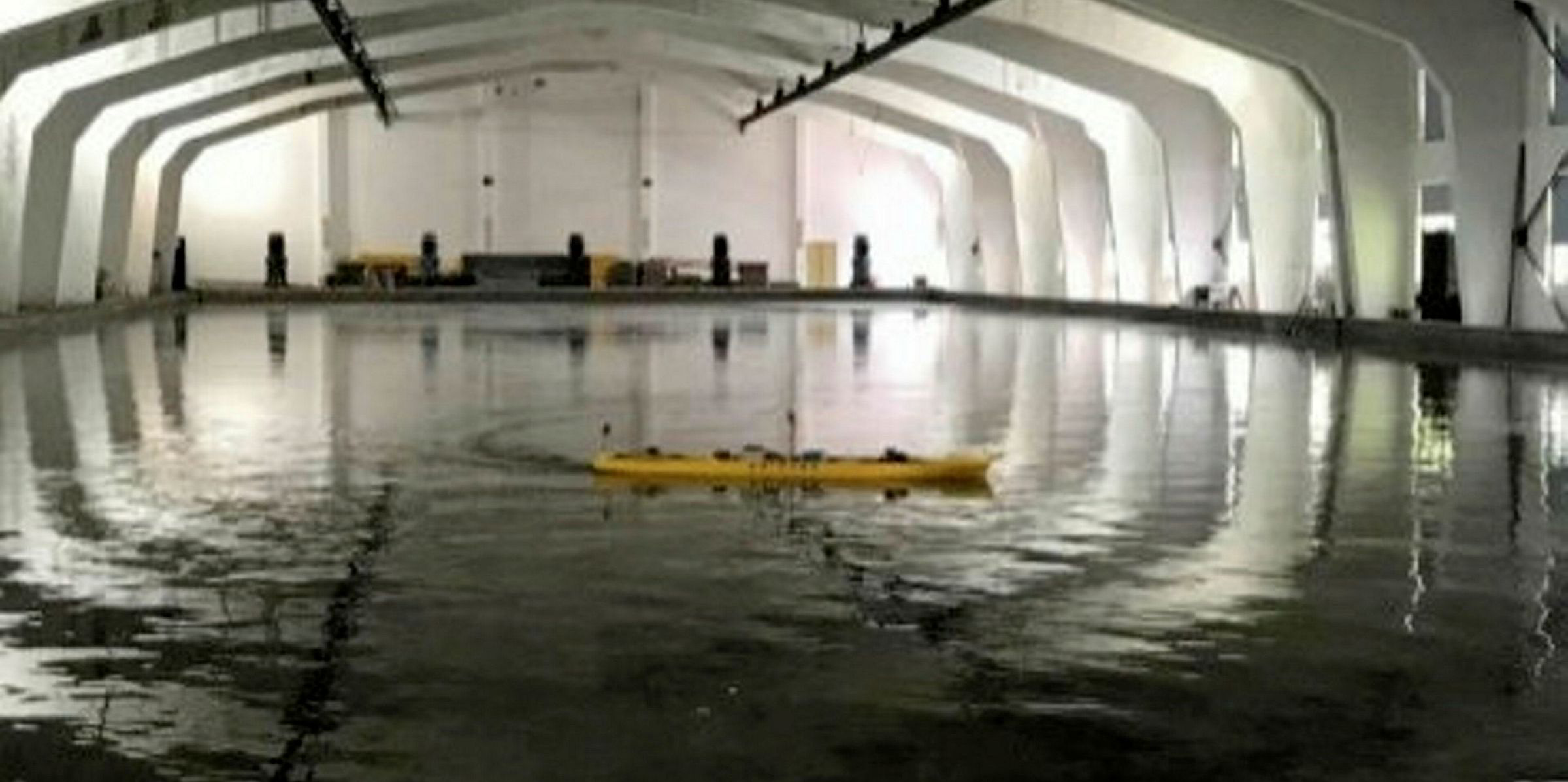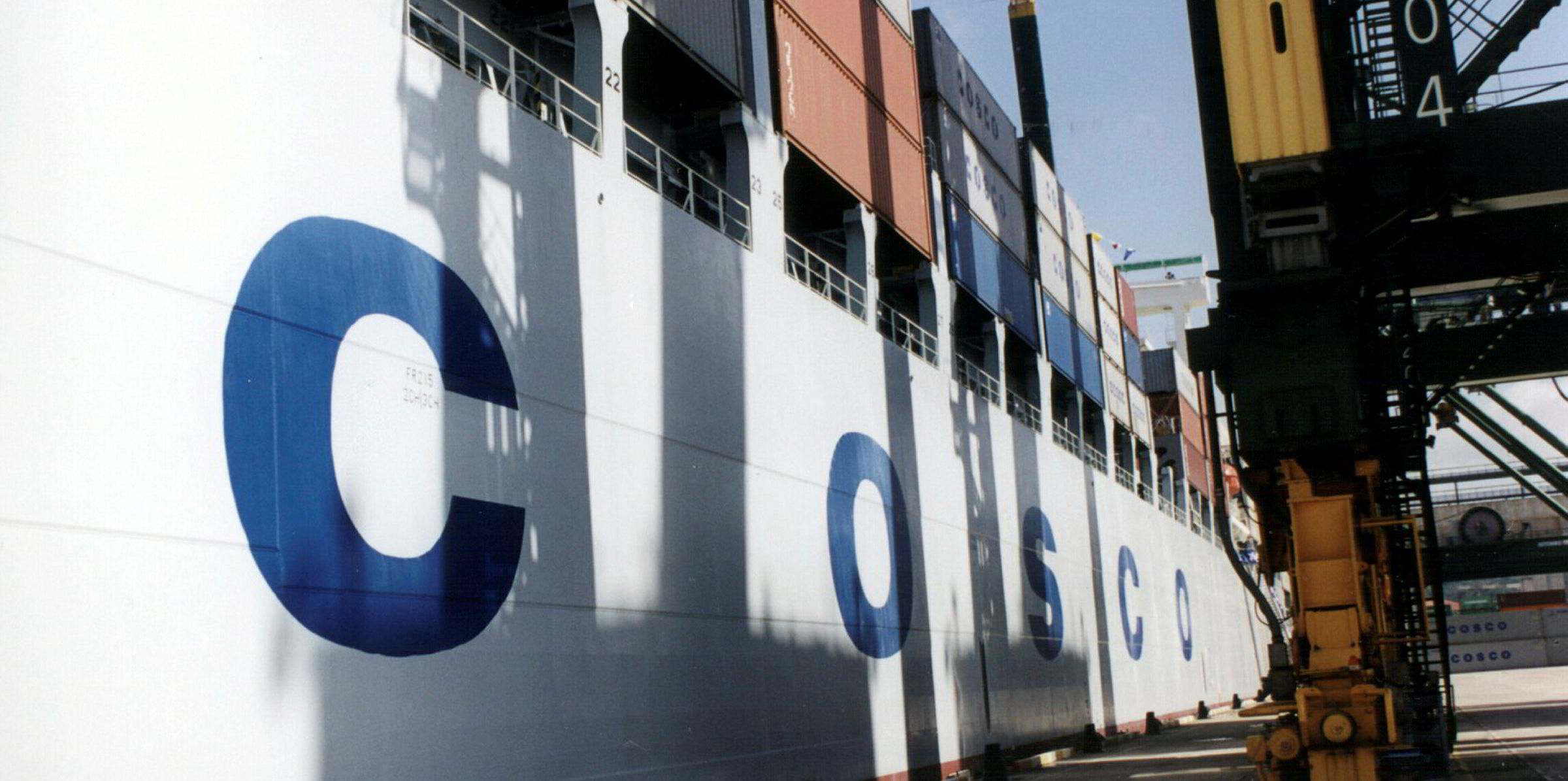Hapag-Lloyd is decidedly lukewarm over Cosco’s planned feasibility study into a 25,000-teu containership, saying that size is no longer a guarantee of success.
“In China, people seem to be firmly convinced that shipping companies will continue to pursue economies of scale for some time to come,” the German shipowner said.
“Senior engineer Xu Lirong thinks big. The chairman of the board of the Chinese state-owned shipping company once again wants to venture into new dimensions.
“This is probably possible in technical terms, but it’s quite risky in economic terms. The global shipping industry is in a state of alarm.”
At present, the largest containership in the world is the OOCL Hong Kong (built 2017), which can transport 21,413 containers. However, French carrier CMA CGM plans to introduce 23,000-teu vessels into service later this year.
“The 400-metre OOCL Hong Kong is four times as long as a football field, as wide as a twelve-lane highway (59 metres), and as high as a respectable skyscraper (73 metres),” said Hapag Lloyd.
“The new Chinese ship is supposed to be about 435 metres long and 60 metres wide as well as having a draught of 17 metres.”
Cosco says the new giant ships are necessary in order to establish its global networks and improve its competitiveness.
Hapag-Lloyd said the massive ships currently being planned will “supposedly” be more economical.
“Whereas a small, 1,000-teu container ship needs a crew of 15, a ship that can carry almost 20 times as many containers often only needs a crew that isn’t even twice as big,” it said.
“In addition, fuel consumption per container is reduced. Large ships are supposedly also more environmentally friendly because they emit less particulate matter and CO2.”

However, these arguments haven’t completely convinced Richard von Berlepsch, Hapag-Lloyd’s managing director, fleet management that even bigger would be even better.
“We’re investing in new ships with a 25-year horizon,” he notes, adding that it is currently highly uncertain what the world of seafaring will look like in 25 years’ time in both economical and environmental terms.
“Most ports in the world won’t be able to handle ships of such giant sizes due to the depth and length of their quay walls”, he continues
“So the global maritime infrastructure would have to be modernised and expanded in any case and that would cost a lot of money.”
At present, von Berlepsch said ships with capacities of up to 25,000-teu could only be deployed on the Far East – Europe trade.
“The bigger the ships, the longer they stay in the ports and don’t earn any money. Thus, the cost advantages brought about by sheer size could quickly evaporate,” he said.
“In fact, many experts say that these advantages are not nearly as great going up to 40,000-teu than they were with the jump from 10,000 to 20,000-teu.
“What’s more, many ports wouldn’t be able to handle such ships simply because of their geographical location. Fully loaded, the draught of the ships would be too great.”
Many freight forwarders are also said to be sceptical over the benefits of such ships because they fear that they will have to build big warehouses if the mega-ships unload 25,000 boxes in one fell swoop, said von Berlepsch.
“In this debate about size, many others in the industry point to the parallels with one of the biggest debacles in the history of the aviation industry,” he said.
“The Airbus A380, which can hold up to 500 seats, has mainly been flying on long-haul routes since 2005.
“But, for a long time, many airlines faced difficulties filling the giant aircraft at reasonable prices.”
In February 2019, Airbus announced that production of the aircraft is due to end in 2021 – just 16 years after its first flight.
Nevertheless, von Berlepsch said that consultants with McKinsey are still convinced that the penchant for size by the Chinese could prevail and shake up the entire industry.
“They expect that massive container ships transporting some 50,000 boxes will be sailing on the world’s oceans in just a few decades,” he said.
“However, for such giant ships to operate profitably, global trade would first have to increase fivefold.
“The fact is that new overcapacities would inevitably arise if all the big shipowners were to join the race for mega-ships. And then everyone would lose – again.”





